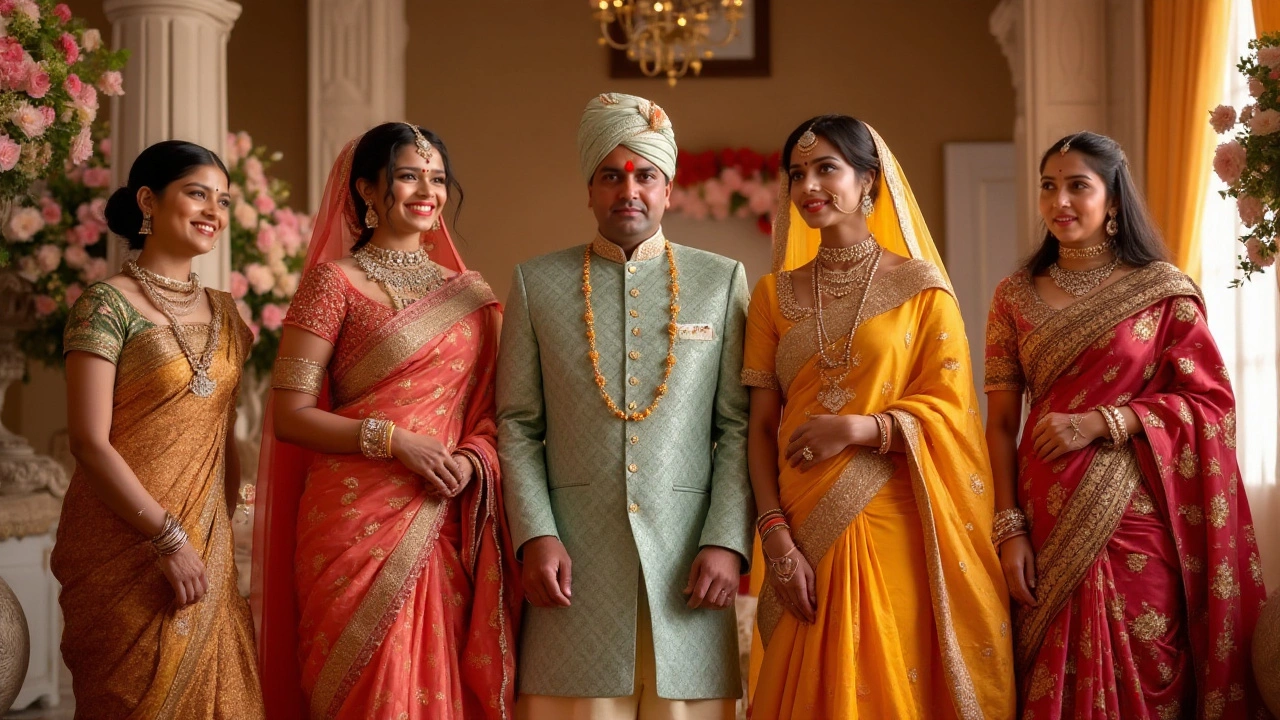Dressing Etiquette in Tamil Culture: What to Wear and Why It Matters
When it comes to dressing etiquette, the unwritten rules about how to dress in social and religious settings. Also known as cultural dress norms, it’s not about fashion—it’s about showing respect, belonging, and awareness in Tamil society. In Tamil Nadu and among Tamil communities worldwide, what you wear sends a message before you even speak. Whether you’re walking into a temple, attending a wedding, or visiting an elder’s home, the clothes you choose are part of the ritual.
This isn’t just about covering up. It’s about aligning with centuries-old values tied to traditional Tamil clothing, like the saree for women and dhoti or veshti for men. Also known as mundu, these garments aren’t costumes—they’re daily expressions of identity. In rural villages, women still wear cotton sarees with plain borders for temple visits, while men roll their veshti just above the ankle—not because it’s trendy, but because it’s clean, modest, and practical for hot weather. In cities, younger people might mix modern cuts, but even then, shoulders and knees stay covered in sacred spaces. This isn’t repression—it’s cultural fluency.
modest dress in India, a broader concept that shapes behavior in religious and family settings. Also known as conservative attire, it’s not unique to Tamil culture, but here it’s deeply tied to the idea of manam—dignity and self-respect. During festivals like Pongal or Karthigai Deepam, you’ll see families dressed in new cotton or silk, often in bright colors, but never revealing. Even at funerals, white is worn not for mourning alone, but to signal purity and humility. This isn’t about rules handed down by elders—it’s about knowing your place in a community where appearance carries meaning.
What you wear at a temple differs from what you wear at a friend’s birthday party. At a temple, even men in shorts or women in leggings might be turned away. At a city wedding, you might see a blend of Western and Tamil styles—but the neckline stays high, the hemline stays long, and the fabric stays respectful. You don’t need to buy a saree to fit in. A simple salwar kameez, a long skirt with a blouse, or even a decent-length dress with sleeves works fine. The point isn’t perfection—it’s awareness.
And it’s not just about gender. Tamil dressing etiquette applies to everyone. Children are taught early: no bare shoulders in the house of a relative, no flip-flops in the puja room, no tight clothes at a funeral. These aren’t outdated customs—they’re living practices that keep culture alive. When you respect the way people dress, you’re not just following rules—you’re honoring the values behind them.
Below, you’ll find real stories and insights from Tamil communities about what they wear, when, and why. Some posts explain why blue is worn during certain rituals. Others break down how temple dress codes vary by region. You’ll see how diaspora Tamils adapt traditions abroad, and how young people navigate modern life without losing their roots. This isn’t about judging what others wear—it’s about understanding the quiet power of cloth in Tamil culture.
